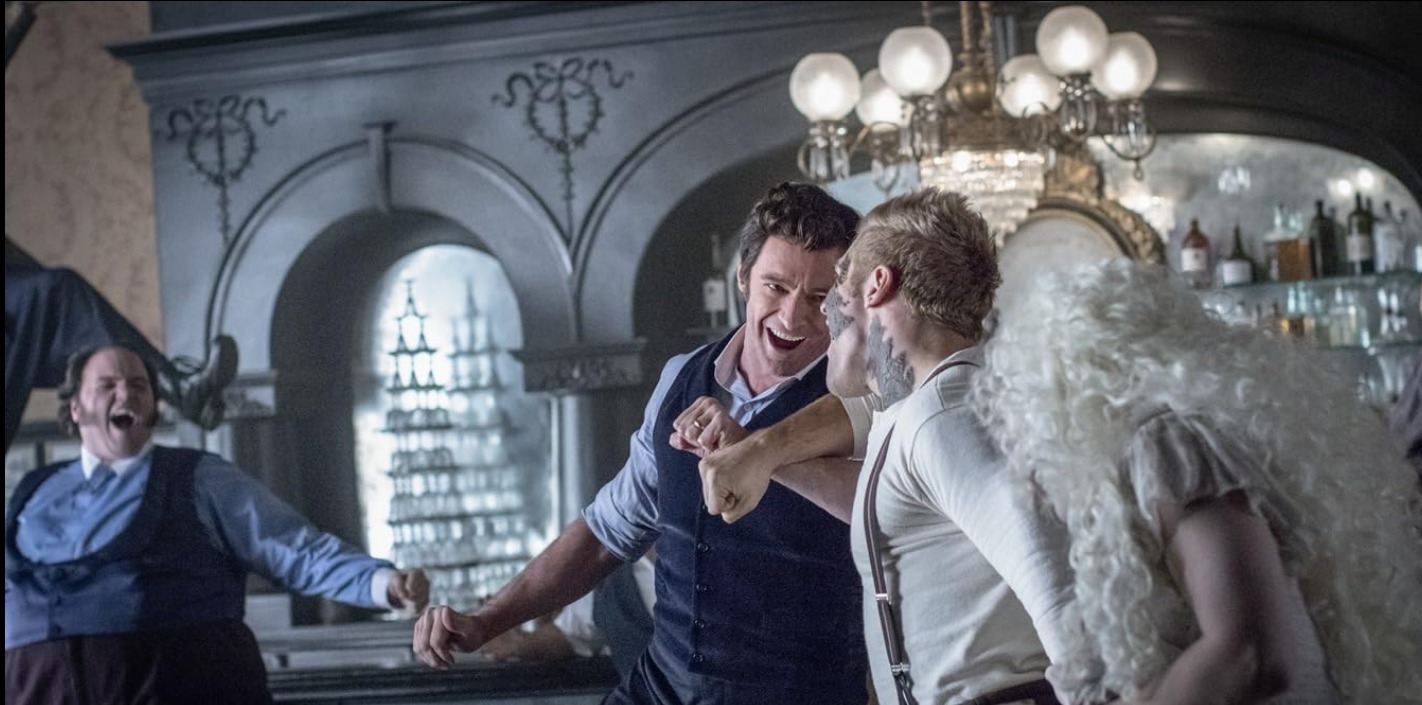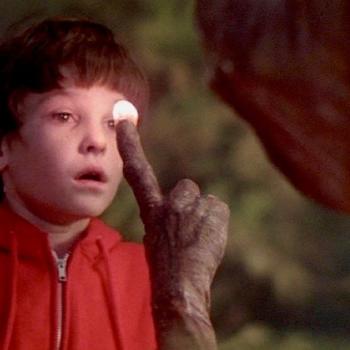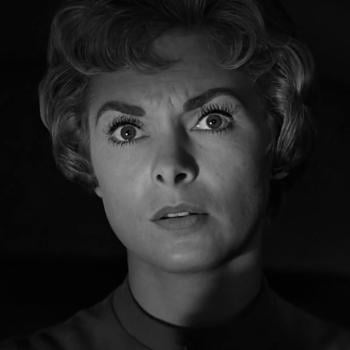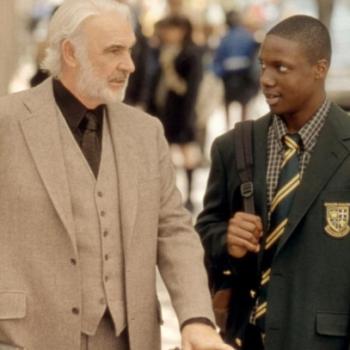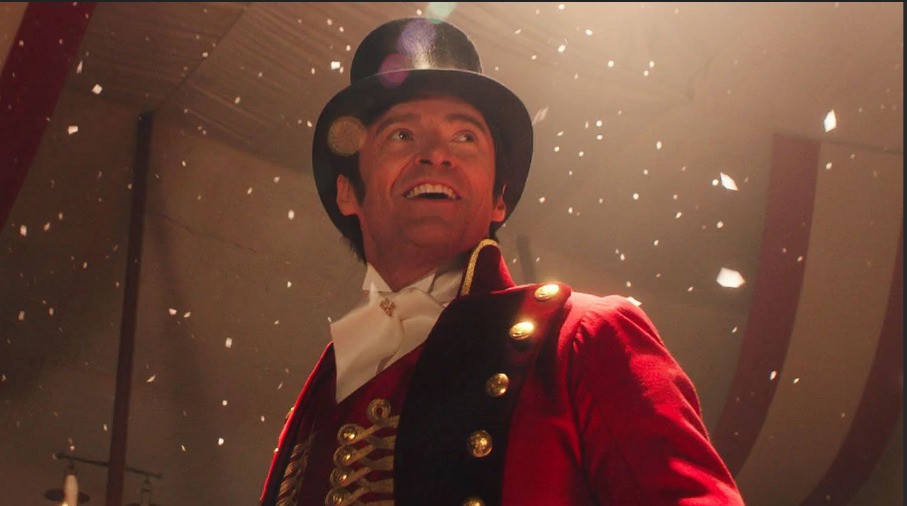
I’ve actually wanted to write about this film in this space for a while, but I’ve had a difficult time doing so. This is in part because I have struggled to find the right lens through which to spiritually discuss the movie. There are a number of ways to read this film that are directly applicable to the idea of spiritual living: the relationship between faith and truth, the corrupting power of wealth, the sheer heavenly quality of the film’s soaring vocals, etc. But after a number of viewings, the idea that I keep returning to is that of worth, worth that is independent of any worldly measure.
This musical extravaganza retells a sort of mythologized account of PT Barnum’s creation of his famous circus, tracing his roots as a penniless orphan and his rise to fame. This all happens against the backdrop of Barnum coming to terms with his own sense of worth. In true Christlike fashion, Barnum finds himself as he loses himself in uplifting others. His grand idea for the circus is to gather the exotic and fascinating individuals of society and give them a space to be seen and admired.
But when Barnum finds these people, they don’t see themselves as special. They have been told all their lives that their peculiarities make them unlovable, and so they have hidden in the shadows. These are the people Christ would have ministered to in his time. People who are forced to the sidelines of society. It can be said that the film’s emotional centerpiece, “This is Me,” which sees the oddities coming to terms with their divine worth, functions as a sort of synecdoche for anyone who has ever been made to feel unloved by high society.
Part of the reason why Barnum initially has an easy time seeing their value is that he himself has been ostracized by the wealthy and powerful. But the film does allow even the high and mighty to make the jump if they are willing to convert their hearts. Phillip Carlyle starts the story on the side of the elite, but as he invests more and more into the circus–and as he makes greater efforts to be with Anne–he starts to shed the parts of himself that make him unfit for the kingdom.
But Barnum wrestles with that insecurity for most of his life, including his time in the circus. Barnum has the right idea for the first third of the film when he’s championing the underclass directly in opposition to the elite, but it’s in that middle section where earning the approval of his higher-ups takes precedence over minding his values and his friends. Barnum still wants the approval of the gatekeepers, but he has to internalize the idea that what they have to offer is never enough (Never! Never! Never Enooough!).
The oddities of Barnum’s circus internalize this principle, and that’s why even after Barnum turns his back on then, their found kinship doesn’t just dissipate. Their bond with each other is stronger than that. It outlasts Barnum’s little midlife crisis, but it also keeps its doors open to him after he’s cleared his head. (Repentance! Another spiritual dimension at work in this film!)
Part of what makes this movie so special is that it understands the significance of not just seeing yourself in all your worth, but in finding spaces where others can see that value as well–in recognizing that you deserve to be loved and admired. That is what Barnum does for the oddities when he bands them together in the performance hall, and also for those attending the show who benefit from witnessing such bold affirmations of self-worth. But this can also happen anytime a people gather with the intent of celebrating the innate divinity in each other. Yes, even our churches and congregations.
Is it a stretch to consider a chapel to be a kind of stage, like those we see in this film? I don’t know, but personally I’m still holding out hope that one of these Sundays, we’ll get the “The Greatest Show” on the roll as the closing hymn.
